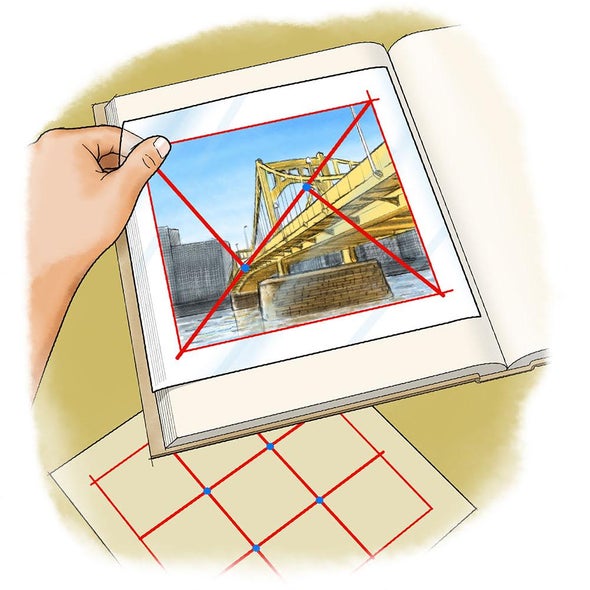 |
| August 06, 2021 |
 |
| |
| Extraterrestrial Life To Understand UAP, We Need Megapixel Imagery If any of them represent advanced technology, high-resolution photographs might tell us whether they’re metaphorically labeled “Made in China” or “Made on Exoplanet X” | | | | |
| Extraterrestrial Life Future Space Travel Might Require Mushrooms Mycologist Paul Stamets discusses the potential extraterrestrial uses of fungi, including terraforming planets, building human habitats—and providing psilocybin therapy to astronauts | | | | |
| |
| |
| |
| |
| |
| |
| |
| |
| |
FROM THE STORE
 | |
The Science of Birds Birds are fascinating creatures. They descend from dinosaurs, soar the skies and display cognitive abilities once thought to be reserved for humans. It’s easy to understand why so many people are passionate birders. The more you learn about birds, the more captivating they are, and in this eBook, we examine what we know about bird evolution, intelligence, communication, migration and behavior. |  | | |
| |
BRING SCIENCE HOME
 | | Compelling Compositions: Do Photography Masters Follow Rules? |  What helps make a good picture? Try this activity, and you'll find out how to take better photos yourself--in a snap! Credit: George Retseck | You might wonder what makes some photos mesmerizing and gripping, whereas others look dull, empty or less appealing. It might be easier than you think to create those effective photographs. Some easy composition rules, such as the "rule of thirds" and the "golden mean" have been around for centuries. Do compelling photos follow these rules or does it take more than rules to create an impressive composition? Could applying these rules improve your photography? Do other art forms, such as drawing or painting, follow similar rules? In this science activity you will browse through some famous works of photographic art and investigate how often these follow some basic rules of composition. | |  | |
LATEST ISSUES
 |
| |
| Questions? Comments?  | |
| Download the Scientific American App |
| |
| |




